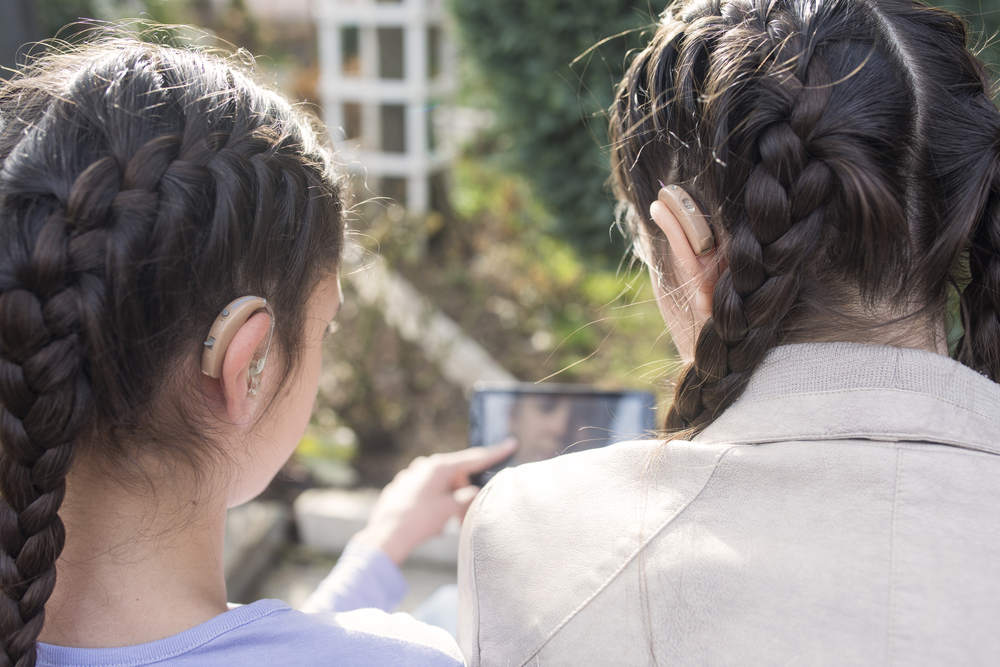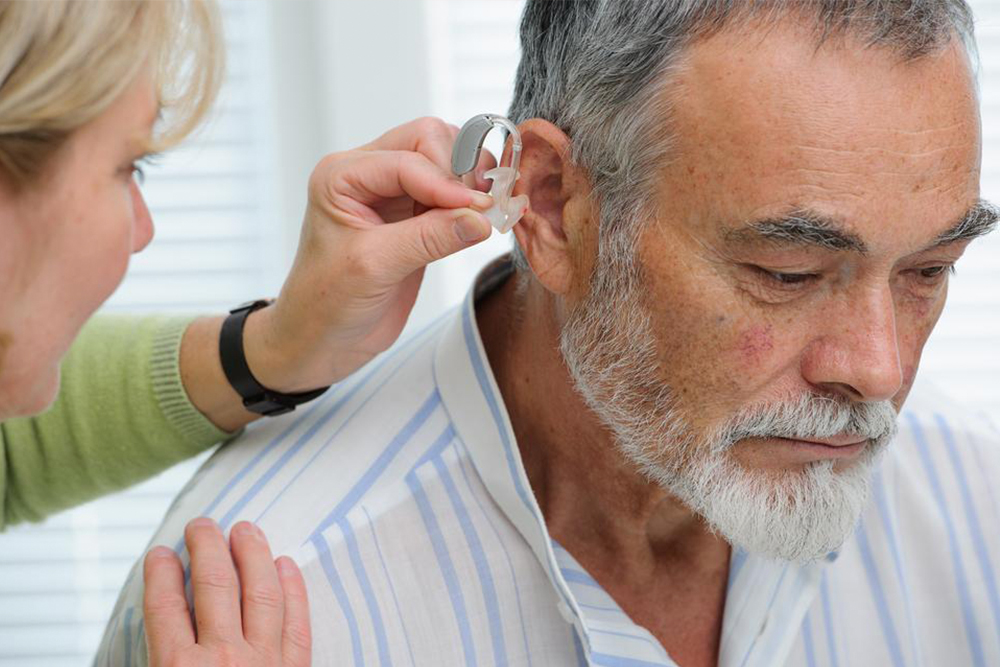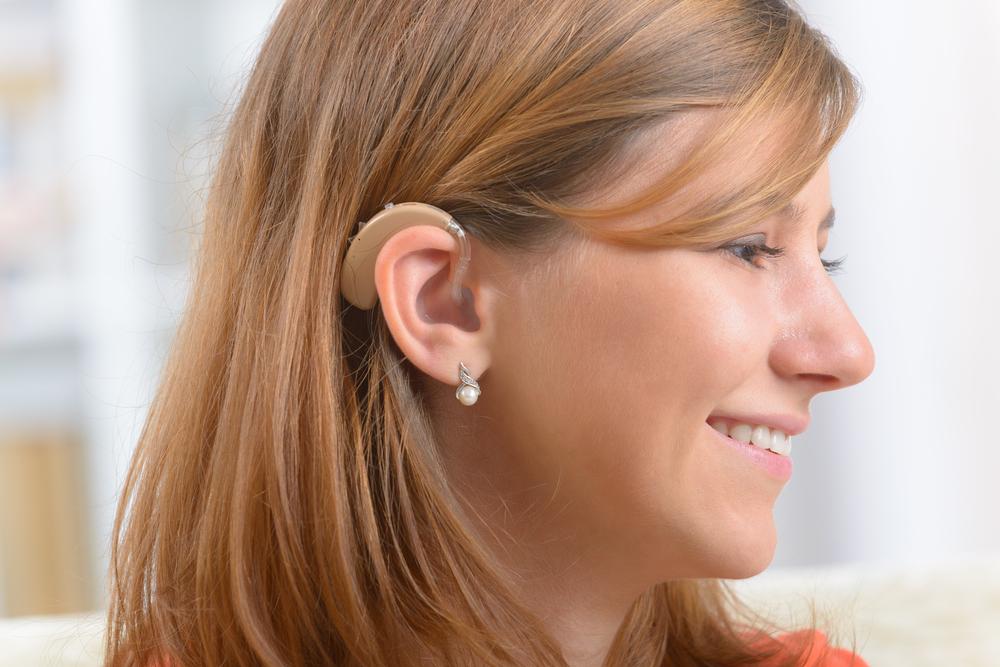Upgrade Your Hearing Experience with Cutting-Edge Digital Hearing Devices
Discover the latest advancements in digital hearing devices that offer improved clarity, noise reduction, and seamless connectivity. Learn about their benefits over traditional analog aids, including customizable features and aesthetic options. Whether mild or severe hearing loss, modern digital aids can significantly enhance your quality of life by providing clearer sound and easy integration with modern devices. Explore top models and prices to find the best solution tailored to your needs and regain confident communication every day.

Advantages of Transitioning to Modern Digital Hearing Technologies
Hearing loss is a pervasive health condition affecting millions worldwide, impacting daily life, social interactions, and overall well-being. Advances in technology have revolutionized the way we address hearing impairments, with digital hearing devices leading the charge. These sophisticated aids are meticulously designed to adapt to individual hearing profiles, offering unparalleled clarity and noise control. With the latest digital solutions, users can enjoy more natural sound perception, improved communication, and a higher quality of life.
Comprehending Hearing Impairment
Globally, approximately 48 million individuals experience some degree of hearing deterioration, predominantly among senior populations. This decline results from degeneration of sensory hair cells within the inner ear, a process linked to aging, noise exposure, and other environmental factors. These tiny hair cells are responsible for converting sound waves into electrical signals that the brain interprets as sound. Damage to these cells is irreversible, making early intervention and modern hearing solutions critical.
While cochlear implants can be a viable solution for some severe hearing losses by mimicking hair cell functions, hearing aids remain the most accessible and prevalent approach. They work by amplifying sound signals to improve auditory perception, making everyday conversations and environmental sounds clearer and more manageable.
Analog versus Digital Hearing Devices: Key Differences
All hearing aids incorporate essential components such as microphones, amplifiers, and receivers. The microphone captures sound from the environment, the amplifier boosts the sound signal, and the receiver delivers the amplified sound into the ear canal. However, the technology inside these devices has evolved significantly over the years, especially between analog and digital categories.
Traditional Analog Hearing Aids
Analog hearing aids have historically been the most common type. They amplify all incoming sounds uniformly, meaning both speech and background noise are intensified equally. This can sometimes make understanding speech difficult in noisy settings. Although basic analog devices are relatively straightforward and often more affordable, some modern models feature microchip programmability, allowing limited customization to suit different listening environments.
Digital hearing aids leverage advanced Digital Signal Processing (DSP) technology, transforming sound into digital data. This allows for intricate analysis and filtering, enabling the device to distinguish speech from background noise. These aids selectively amplify speech signals while suppressing unwanted sounds, resulting in a clearer listening experience. The processed signals are then converted back into sound for the ear, delivering a more natural and intelligible audio output.
Additional Advantages of Digital Hearing Technology
Digital devices provide extensive customization options, often requiring an audiogram to tailor the device’s settings to the user’s specific hearing profile. Features such as directional microphones enhance focus on specific sound sources, like a conversation partner, while feedback suppression prevents whistling noises. Adaptive technologies enable automatic adjustment to varying environments, ensuring optimal clarity whether you are in a quiet room or a noisy street.
Modern digital hearing aids also support Bluetooth connectivity and direct audio streaming from smartphones, televisions, and other media devices. This seamless integration transforms the hearing aids into smart audio devices, making phone calls, media consumption, and communication effortless. The designs range from in-the-canal (ITC), behind-the-ear (BTE), to in-the-ear (ITE) styles, providing options for comfort, aesthetics, and convenience tailored to individual preferences.
Leading Digital Hearing Aid Models and Price Ranges
- Kirkland Signature Premium Digital Hearing Aids: approximately $1,699.99 per pair
- Ovation Excel Digital Hearing Devices: around $399
- Signia Cellion Primax: approximately $1,799
These devices incorporate advanced customization and intelligent features, significantly enhancing auditory clarity and user experience. Their discreet profiles ensure comfort and confidence, whether used during calls, TV viewing, or streaming media. Investing in a quality digital hearing aid can truly transform your daily auditory interactions, making life more vibrant and connected.




